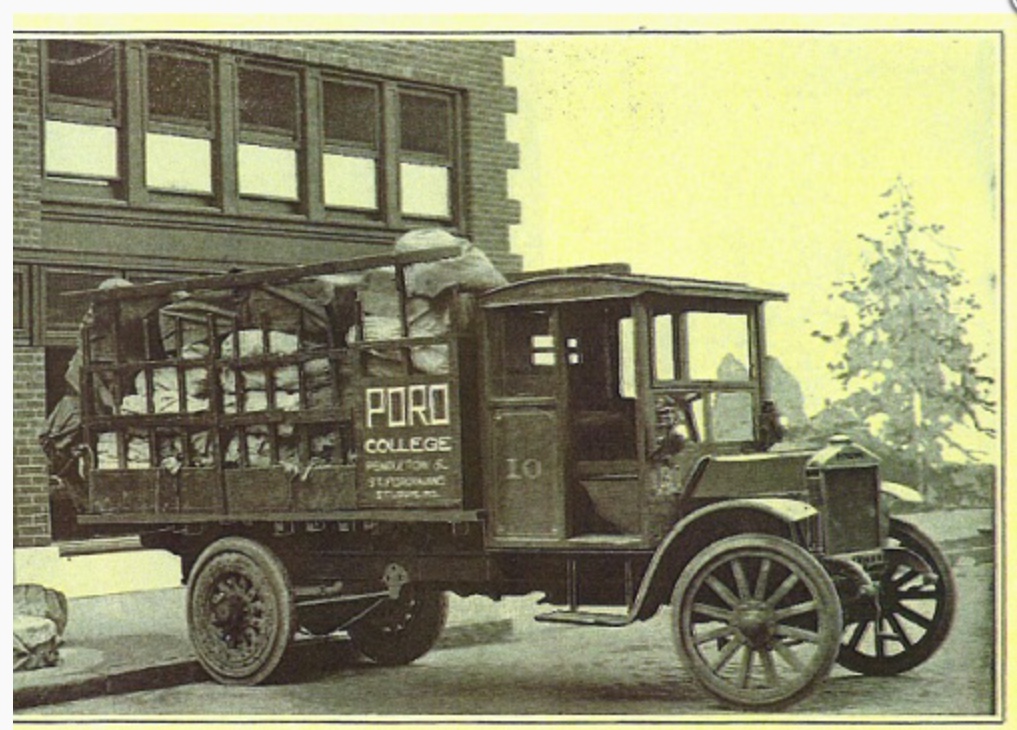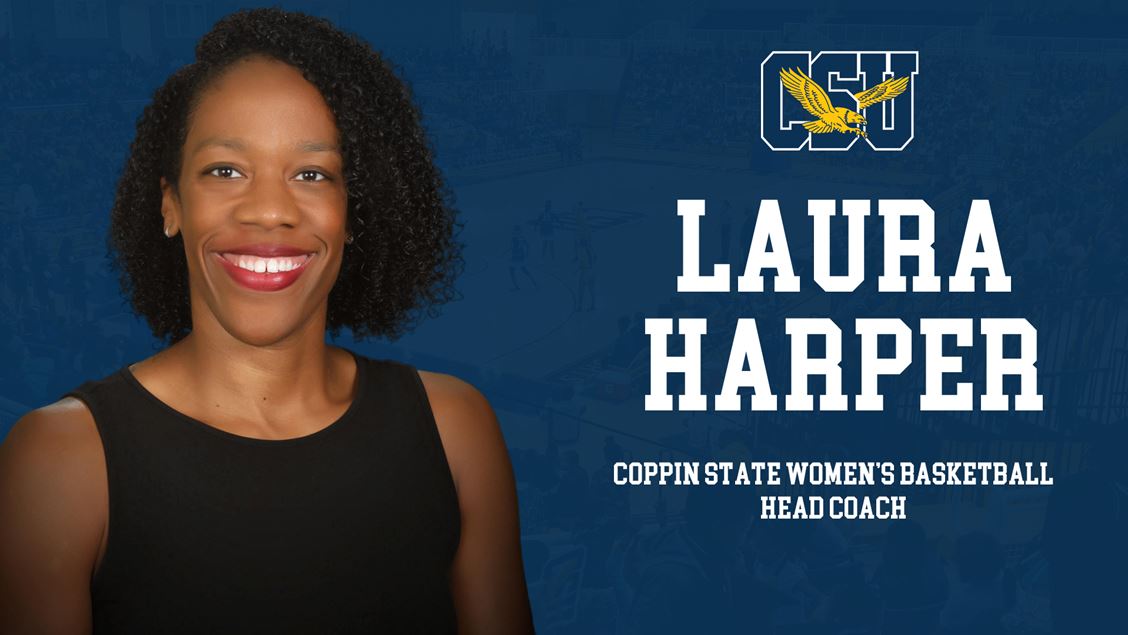
The contributions of African Americans in this country are endless and span over various industries including education, politics, household inventions, and entertainment just to name a few. We know about prominent figures such as George Washington Carver, Rosa Parks, and Booker T. Washington, but there are various others, especially women we need to hear more about. Today we wanted to shed some light on the black women who played an integral role in the education of their people, and whose praises we need to sing more often.
1- Voorhees College

Voorhees College, an HBCU located in Denmark,SC, was started by a young Elizabeth Evelyn Wright. A graduate of Tuskegee Institute (now University,) at the young age of 23, Wright started her journey in Denmark and started the first of several schools in the area. As stated on the Voorhees College website “She said time at Tuskegee gave her a mission in life: being “the same type of woman as Mr. Washington was of a man.”
She then went back to Tuskegee to finish her degree before returning to South Carolina to try again. Undeterred and envisioning a better future for blacks through education, she founded Denmark Industrial School in 1897, modeling it after Tuskegee. New Jersey philanthropist Ralph Voorhees and his wife donated $5,000 to buy the land and build the first building, allowing the school to open in 1902 with Wright as principal. It was the only high school for blacks in the area.
In 1924 the American Church Institutes for Negroes, which was part of the Episcopal Church, agreed to support the school. It was the beginning of a long relationship between the school and the church, an affiliation that continues today.
The school became Voorhees School and Junior College In 1947, and in 1962, it was accredited as four-year Voorhees College.
(Source voorhees.edu) – Learn more about Voorhees College HERE https://www.voorhees.edu/our-college/history
2- Bethune-Cookman University

Bethune Cookman is the result of visionary Mary McLeod Bethune, who started the Daytona Literary and Industrial Training School for Negro Girls in 1904 with only $1.50 and five girls. After several name changes, in 1923 the school merged with Cookman Institute of Jacksonville, Florida and finalized in 1925 when both schools collaborated to become the Daytona-Cookman Collegiate Institute. The school’s name was officially changed to Bethune-Cookman College in 1931 to “reflect the leadership of Dr. Mary McLeod Bethune.” The school was awarded its University status in 2007.
Mary McLeod Bethune was a visionary, activist, educator, and government leader. She founded many organizations including the National Council of Negro Women in 1935, whose mission is “to advance opportunities and the quality of life for African-American women, their families and communities.” She was also a good friend of Eleanor Roosevelt and in 1936 was appointed director of Negro Affairs of the National Youth Administration by President Franklin Roosevelt. This position made her the highest ranking African American woman in government.
Learn more about Bethune-Cookman University HERE https://www.cookman.edu/about_bcu/history/
3- Coppin State University

Originally named Fanny Jackson Coppin Normal School , HBCU Coppin State University was named in honor of Fanny Jackson Coppin , who was born a slave in Washington, D.C. After gaining her freedom, she graduated from Oberlin College in Ohio, and founded the Philadelphia Institute “that was the forerunner of HBCU Cheyney State University.
As stated on the Coppin State University website:
“After her graduation in 1865, Fanny Jackson was appointed to the Institute for Colored Youth, a Quaker school in Philadelphia. Within four years, she became head principal, from which position she influenced two generations of young people. In a letter to Frederick Douglass in 1876, she explained her commitment: “I feel sometimes like a person to whom in childhood was entrusted some sacred flame…This is the desire to see my race lifted out of the mire of ignorance, weakness and degradation; no longer to sit in obscure corners and devour the scraps of knowledge which his superiors flung at him. I want to see him crowned with strength and dignity; adorned with the enduring grace of intellectual attainments.”
“Her school was centered on this dream. She expanded the curriculum to include an Industrial Department, established a Women’s Industrial Exchange to display the mechanical and artistic works of young women, and founded a Home for Girls and Young Women to house workers from out of town. Moreover, she persuaded employers to hire her pupils in capacities that would utilize their education.”
Learn more about Coppin State University HERE https://www.coppin.edu
4- Poro College

Before there was Madam C.J. Walker, there was mastermind and entrepreneur, Annie M. Turnbo Pope Malone. Poro College was the result of Annie’s vision to provide cosmetology and sales training for women interested in joining the Poro agent network.
“The campus was located in St. Louis’s upper-middle-class Black neighborhood and served as a gathering place for the city’s African Americans, who were denied access to other entertainment and hospitality venues. The complex, which was valued at more than $1 million,included classrooms, beauty shops, laboratories, an auditorium, conference rooms, a gentlemen’s smoking parlor, cafeteria, dining halls, ice cream parlor, bakery, emergency hospital, a theater, gymnasium, chapel, roof garden, general office, shipping department, a manufacturing plant, laundry, seam- stress shop, dormitories, and guests rooms.”
(Source- Anniemalonehistoricalsociety.org )

Annie M. Turnbo Pope Malone was a chemist, entrepreneur, and Zeta Phi Beta Sorority Member, who became a millionaire by successfully developing and marketing hair products for black women. She established Poro College in St. Louis in 1918, and despite financial setbacks after her husband demanded half of her business in a divorce settlement, she remained in business and had 32 branches of the Poro school throughout the country in the mid-1950s.
Learn more about Poro College and Annie Malone HERE https://www.anniemalonehistoricalsociety.org/amhs-leadership.html
5- Lewis College of Business

Wilberforce University graduate Dr. Violet Temple Lewis, was the founder Lewis College of Business, which was an HBCU once located in Detroit, Michigan. Although the school closed in 2015, it succeeded for over 80 years after being founded in 1928. The idea for Lewis College of Business came from the secretarial skills she learned at Wilberforce University, and the lack of Black women secretaries she noticed during her employment at the Indianapolis Recorder.
“In the beginning tuition at the school was $2.50 per week, and 20-25 students enrolled. Along with her teaching, she continued to hold down a full-time job. Always extremely creative, Lewis started her own radio program in 1932 to boost enrollment at the school. Her program “The Negro Melody Hour” made her the first Black radio announcer in Indiana. The success of the show increased her student enrollment and eventually became so popular that she branched out to other cities, including Detroit.” ( Source- amsterdamnews.com)
The tenacity of Dr. Lewis is commendable in itself. She managed to start a school during The Great Depression, all while going through a divorce and raising two children.




